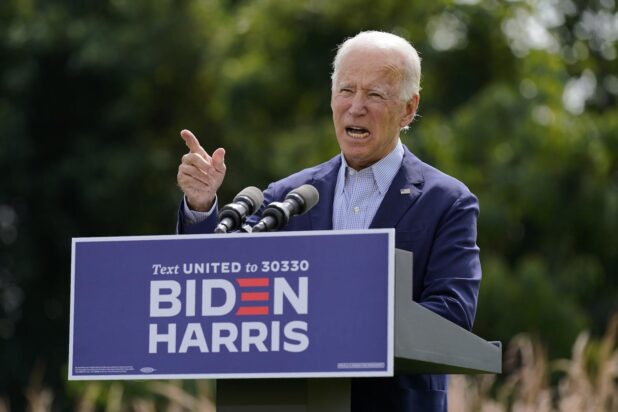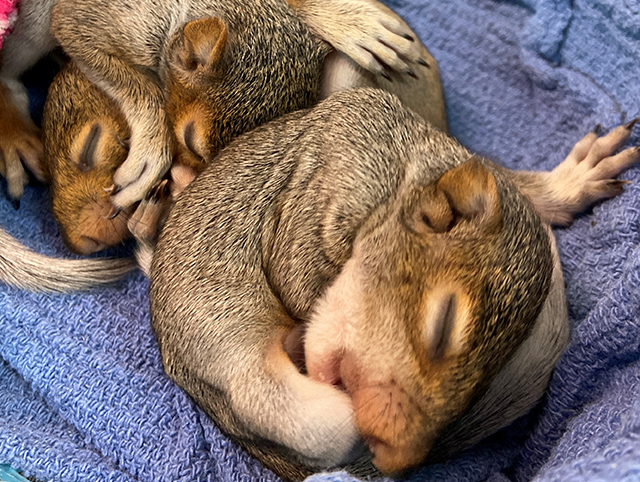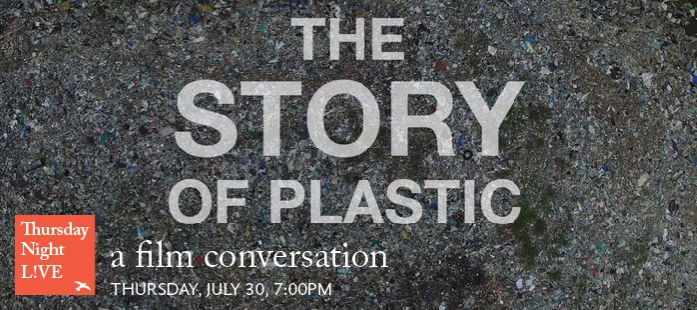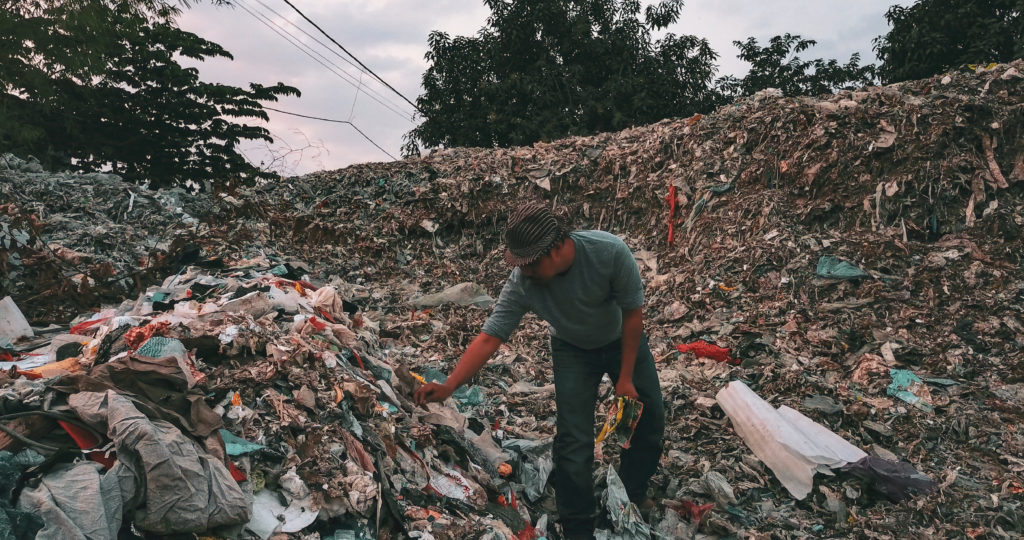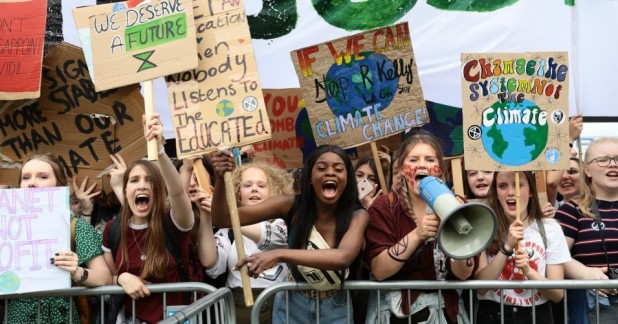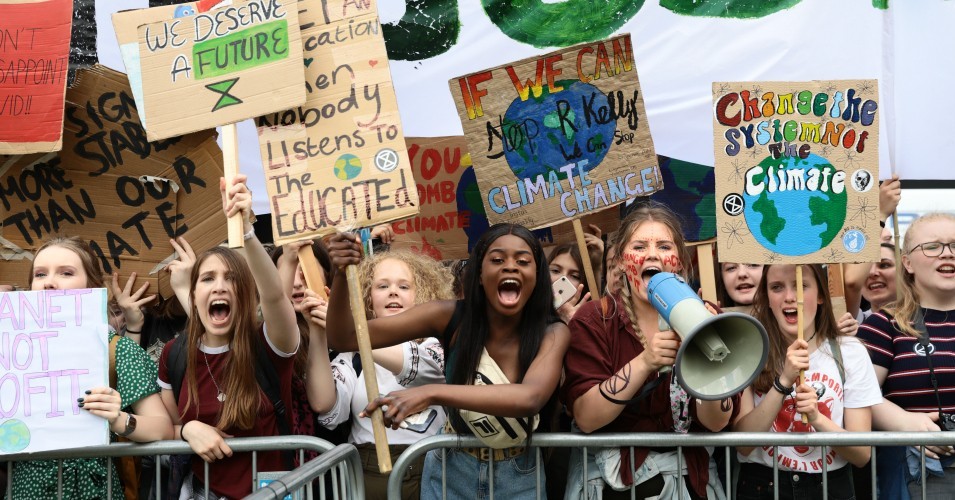When President-elect Joe Biden assumes the presidency in two months, he takes the helm with as many front-burner issues as any president ever, even FDR and Lincoln. He’s got to handle a raging pandemic with its horrific economic fallout, a long overdue reckoning on race, and a collapsing climate. All at once.
Consider climate. As Election Day dawned, a typhoon with gusts of 235 mph plowed into the Philippines to become the strongest storm to make landfall in world history. Here in the Atlantic this year, we set a record with 29 big storms, exhausting the English alphabet and moving into Greek. As David Leonhardt reported in the New York Times, “Nine of those storms became much more intense in the span of a single day, an event that was rare before the planet was as warm as it now is.”
This summer, more than five million acres of the American West burned, and West Coast sooty air was more harmful to breathe than that of smog-choked Indian cities. Worldwide, September was the hottest month ever measured, and 2020 is tracking to be the hottest year ever (of course). The Arctic is melting faster than expected, and sea levels are rising too quickly too. Leonhardt again: “Glaciers are losing more ice each year than can be found in all of the European Alps.”
Climate-denying President Trump had famously withdrawn America from the Paris Agreement on climate, and ironically, the treaty’s timing was such that our participation ended the day after Election Day. No matter how you feel about the treaty, there are at least two relevant facts you should know. For one, 179 countries have formally adopted the plan—that’s out of 195 countries total—and among the few holdouts are Russia, Turkey, Syria, Iran… and us. Great company, right?
And two, the agreement is a loose framework designed to keep global temperatures from rising more than two degrees Celsius—a number scientists agree would be catastrophic. And two, the agreement is a loose framework designed to keep global temperatures from rising more than two degrees Celsius—a number scientists agree would be catastrophic. (We’ve already climbed 1.2 degrees.) Most close watchers of the accord have long agreed it was not enough, so even though the Paris plan was contentious, it would never get us to where we need to be. But at least it got the world around one table talking.
Biden has said all along that he will return to the Paris accord, which he reiterated when he was named the winner. In fact, he added Paris to his long list of Day One activities, and he ran on a $2 trillion climate plan, which, while ambitious in scope, was easily more centrist than those promulgated by Elizabeth Warren and Bernie Sanders. But still, it is a solid plan because it has been vetted by a long list of policy experts and scientists. (Radical idea: smart science leads to informed policy choices.)
He began to make good on this promise last week by naming former Secretary of State John Kerry to a new post, the Special Presidential Envoy for Climate, giving Kerry—who played a key role in brokering the Paris accord—a cabinet-level position and a seat on the National Security Council. Said the formal press release announcing the appointment, “This marks the first time that the NSC will include an official dedicated to climate change, reflecting the president-elect’s commitment to addressing climate change as an urgent national security issue.”
The heart of the Biden plan is reducing greenhouse gas emissions through both subsidizing clean energy and setting tougher standards for polluting industries. If subsiding green power is problematic for you, remember we have been subsidizing coal and oil for decades.
His plan is no Green New Deal, the progressive set of ideals that sets conservative hair on fire. For Republicans who fear a Green New Deal, the challenge is for them to place on the table an acceptable, different, science-based plan that still gets us to lower emissions. Lacking an alternative, the Biden plan is all we have at the moment.
But the Green New Deal is also meant to confront two front-burner issues, climate plus our intransigent racial disparities. The New Deal piece of it demands racial justice and economic equality, and wonderfully, clean energy can help immensely here, both by mitigating the impact of a hotter climate on especially poor and minority residents of large cities, but also by offering high-wage skilled-labor jobs. Win-win.
The bad news for Pennsylvania is that the age of fossil fuels is over, and needs to be over. Pennsylvania, of course, is where America’s oil was first discovered in 1859, where huge coal fields have been mined for generations, where coal powered the rise of Bethlehem Steel and the Pennsylvania Railroad, where fracking has been hailed as the future of fuel. But that storm slamming into the Philippines on Election Day reminds us of another reality. Carbon emissions are too high, and need to be drastically reduced. Now.
Sadly, the message that is continually lost in all the noise is that a greener energy future means MORE jobs for Pennsylvanians, not less, as wind and solar ramp up. Too many studies show that clean energy offers far more jobs than coal, which has been dying anyway.
For most of the world, climate change long ago crossed the threshold from heresy to conventional wisdom, and we have a quickly diminishing window of opportunity to address climate. In a Biden presidency, we thankfully finally have a shot, and for that alone I am grateful.
By Mike Weilbacher, Executive Director

